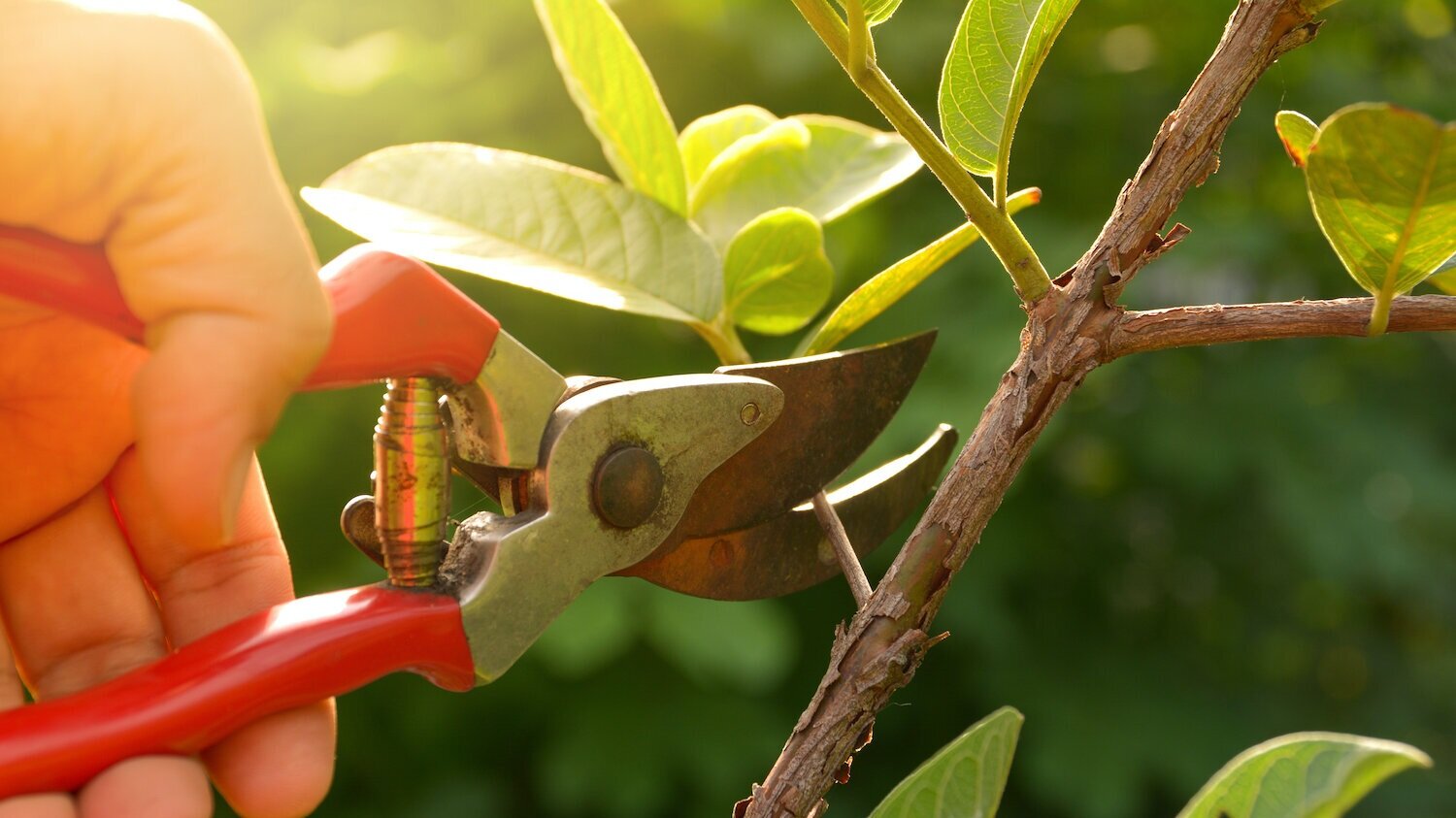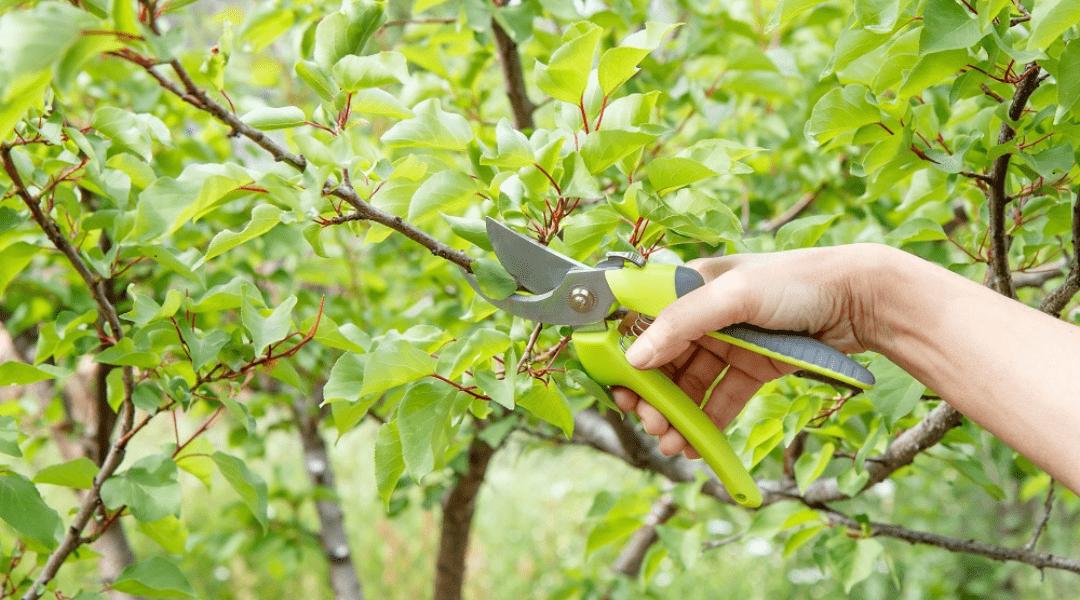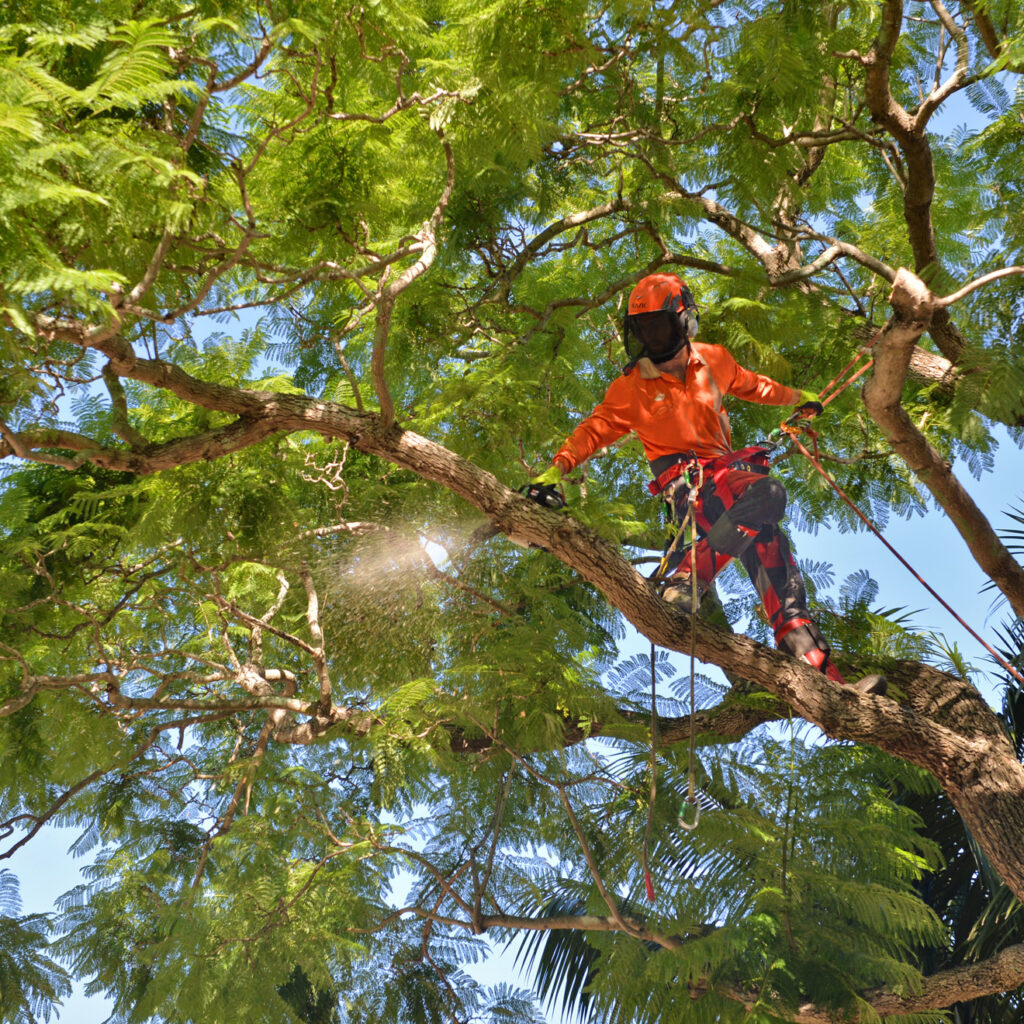1. Introduction to Tree Lopping
Tree lopping refers to the cutting and trimming of tree branches to reduce the size of a tree. It is primarily done to shape trees, remove hazardous branches, or control growth that might interfere with structures or power lines. While tree lopping can significantly improve the safety and aesthetics of an area, it must be done properly to avoid long-term damage to the tree.
Lopping is commonly confused with tree pruning, but the two practices differ in both technique and outcome. Understanding these differences is essential for anyone considering tree maintenance.

2. Tree Lopping vs. Tree Pruning
Tree lopping focuses on reducing the overall size of a tree, often cutting large branches that could be causing issues. Pruning, on the other hand, involves the selective removal of smaller branches to enhance tree health and shape.
Tree lopping is often considered a more drastic approach and may result in significant changes to the tree’s appearance. Pruning, however, tends to be more subtle, promoting healthy growth without altering the overall structure too much. When deciding between the two, factors such as the tree’s condition, purpose of cutting, and the season should be taken into account.
3. Benefits of Tree Lopping
There are several reasons why property owners might consider tree lopping:
Improves Aesthetic Appeal: Lopping can shape trees to fit landscape designs or prevent them from overshadowing key features in your garden or yard.
Promotes Tree Health: While controversial, some experts believe that careful tree lopping can remove diseased or damaged parts, giving the tree a chance to recover.
Enhances Safety: Overgrown trees can pose risks to buildings, power lines, and even people. Lopping ensures that branches do not interfere with structures, reducing the chances of accidents.
4. Risks of Improper Tree Lopping
When performed incorrectly, tree lopping can do more harm than good:
Damage to Trees: Removing large portions of a tree can cause stress, leaving it vulnerable to disease and decay.
Legal Issues: In some regions, tree lopping is regulated by local authorities, and improper lopping can result in fines.
Environmental Consequences: Over-lopping can negatively impact local wildlife, particularly in ecosystems where trees serve as homes for birds and other animals.
5. Ideal Time for Tree Lopping
Timing plays a crucial role in the success of tree lopping. Generally, the best time for lopping is during a tree’s dormant season, which is typically late winter or early spring. At this time, the tree is less vulnerable to stress, and its energy reserves are focused on regrowth.
Signs that a tree needs lopping include excessive growth towards power lines, cracked or damaged branches, and uneven growth patterns.

6. Tools and Equipment for Tree Lopping
Professional tree lopping requires the right tools to ensure safety and precision:
Chainsaws: These are essential for cutting large branches quickly and efficiently.
Pole Saws: A great tool for reaching high branches without using a ladder.
Safety Gear: This includes helmets, gloves, and harnesses for those working at heights.
7. DIY Tree Lopping: Pros and Cons
While some tree lopping tasks can be done by homeowners, it’s important to weigh the pros and cons:
Pros: Cost savings and the convenience of doing it on your own schedule.
Cons: Lack of professional knowledge may lead to improper cuts, safety risks, and even legal repercussions if regulations aren’t followed.
8. Professional Tree Lopping Services
Hiring a professional tree lopping service is often the safest and most efficient option. When choosing a service, ensure they have:
Certification and Insurance: This guarantees that they are qualified and covered in case of accidents.
Experience: Look for companies with a strong reputation and years of experience in tree care.
9. Cost of Tree Lopping Services
The cost of tree lopping varies based on several factors:
Tree Size: Larger trees require more time and specialized equipment, increasing the cost.
Location: Urban areas may have higher service costs due to regulations and accessibility.
Complexity of the Job: Trees near power lines or structures may require additional safety precautions.
On average, homeowners can expect to pay anywhere from $150 to $800, depending on the complexity of the job.
10. Tree Lopping and Local Regulations
Tree lopping is often regulated by local governments to protect the environment and community. Before lopping, it’s essential to:
Check Local Laws: Some regions require permits for certain tree types or sizes.
Consult Local Authorities: If you’re unsure about the regulations, contact your local council for guidance.

11. Environmental Impact of Tree Lopping
Improper tree lopping can have a negative effect on the environment:
Loss of Habitat: Trees serve as habitats for wildlife. Over-lopping can disturb ecosystems and displace animals.
Erosion Risks: Trees play a critical role in preventing soil erosion. Cutting too much can lead to increased runoff and environmental damage.
12. Aftercare for Trees Post-Lopping
After lopping, proper aftercare ensures the tree’s continued health:
Watering: Ensure the tree receives enough water, especially during the recovery phase.
Fertilizing: Providing nutrients helps the tree regain its strength and promotes healthy regrowth.
13. Common Mistakes in Tree Lopping
Avoid these common mistakes:
Over-Lopping: Removing too much of the tree can result in long-term damage.
Ignoring Safety Protocols: Always prioritize safety, whether you’re doing the job yourself or hiring professionals.
14. Tree Lopping in Urban Settings
Urban tree lopping presents unique challenges:
Limited Space: Trees in cities may grow close to buildings, roads, or power lines, requiring careful cutting.
Noise and Disturbance: Urban areas have noise ordinances that may limit when tree lopping can occur.
